Genetically modified organisms, or GMO, is often called the “bad word” of the food industry. So how do you know if you are buying food that has been genetically altered? What are the facts about these overgrown monstrosities? And how can you equip yourself to better understand this growing trend.
We wanted to dive into the produce industry to help reveal this often times “accepted” practice and shed a little light on the subject. 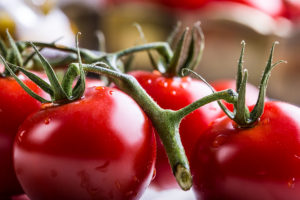 While I admit, I don’t look at a massive tomato and think, “Hmm, that was probably genetically modified” and instead I consider the great deal I’m getting for the price. But what is the price I’m paying in the long run for these fast grown, over sized produce products?
While I admit, I don’t look at a massive tomato and think, “Hmm, that was probably genetically modified” and instead I consider the great deal I’m getting for the price. But what is the price I’m paying in the long run for these fast grown, over sized produce products?
What is GMO
GMO stands for Genetically Modified Organism, and as one can derive from the name, it means that your food has been altered in some form to create a bigger, juicier, and faster to shelf product. 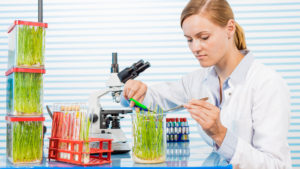 GMO products are a result of a laboratory process where genes from a foreign source are introduced to the DNA of an unrelated plant or animal. Many sources include bacteria, viruses, insects, animals and even humans.
GMO products are a result of a laboratory process where genes from a foreign source are introduced to the DNA of an unrelated plant or animal. Many sources include bacteria, viruses, insects, animals and even humans.
Who Uses GMO
The GMO industry is extremely widespread and just about every food group you can think of may contain some form of this genetically altered process. From baby food formula’s, to soft drinks, baking ingredients, and full grown fruits and vegetables. With more companies opting in for a larger yield and faster growth rate, this process is hard to turn down, making our consumption of GMO based foods more of a risk.
Common GMO Produce
Knowing that GMO based fruits and vegetables are not just the ones you pick up at the grocery store, but also the ones used within ingredients combined with your favorite brand cereal, jelly, yogurts and even butter. You can easily find a list of companies that are reported to use GMO based ingredients to help battle the foreign exposure of altered food, but here are some that caught our eye.
- Coca Cola
- Smuckers
- Nestle
- Nabisco
- Yoplait
- Land O Lakes
- Peter Pan
- Dannon
- Keebler
The Risks of GMO
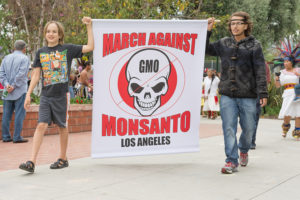 Now that we know a little bit more about this “dirty word” and which types of food companies may be using this process, what are the actual risks to our health? As one can imagine, there are two sides to every coin, and this debate has been going on since the creation of GMO. With many people stating that the DNA used in such processes are absolutely safe and others claiming any foreign body entering our delicate human ecosystem poses a threat. That being said, it is better to be safe, than sorry.
Now that we know a little bit more about this “dirty word” and which types of food companies may be using this process, what are the actual risks to our health? As one can imagine, there are two sides to every coin, and this debate has been going on since the creation of GMO. With many people stating that the DNA used in such processes are absolutely safe and others claiming any foreign body entering our delicate human ecosystem poses a threat. That being said, it is better to be safe, than sorry. 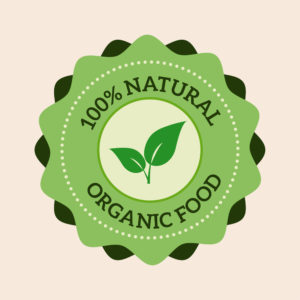 We recommend buying organic, local produce and products labeled NON-GMO to safeguard against these potential risks.
We recommend buying organic, local produce and products labeled NON-GMO to safeguard against these potential risks.
The Responsible Technology team did a study on GMO’s and found that in fact there have been reports of adverse reactions to consuming altered food, ranging from increased allergies, to liver problems, infant mortality, various diseases and even death. We have included a link above to provide more depth and detail around their report.
One thing is for sure, as our population continues to grow, our need for food continues to grow. While farmers maintain a struggle with the on-going supply and demand, navigate rough growing seasons, and try to stay above water in a market that has a history for low pay, hard work and little reward, we must keep an eye on the GMO industry and how it is being used in our food and drinks.




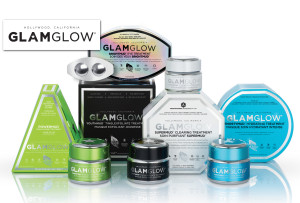



Leave a Reply